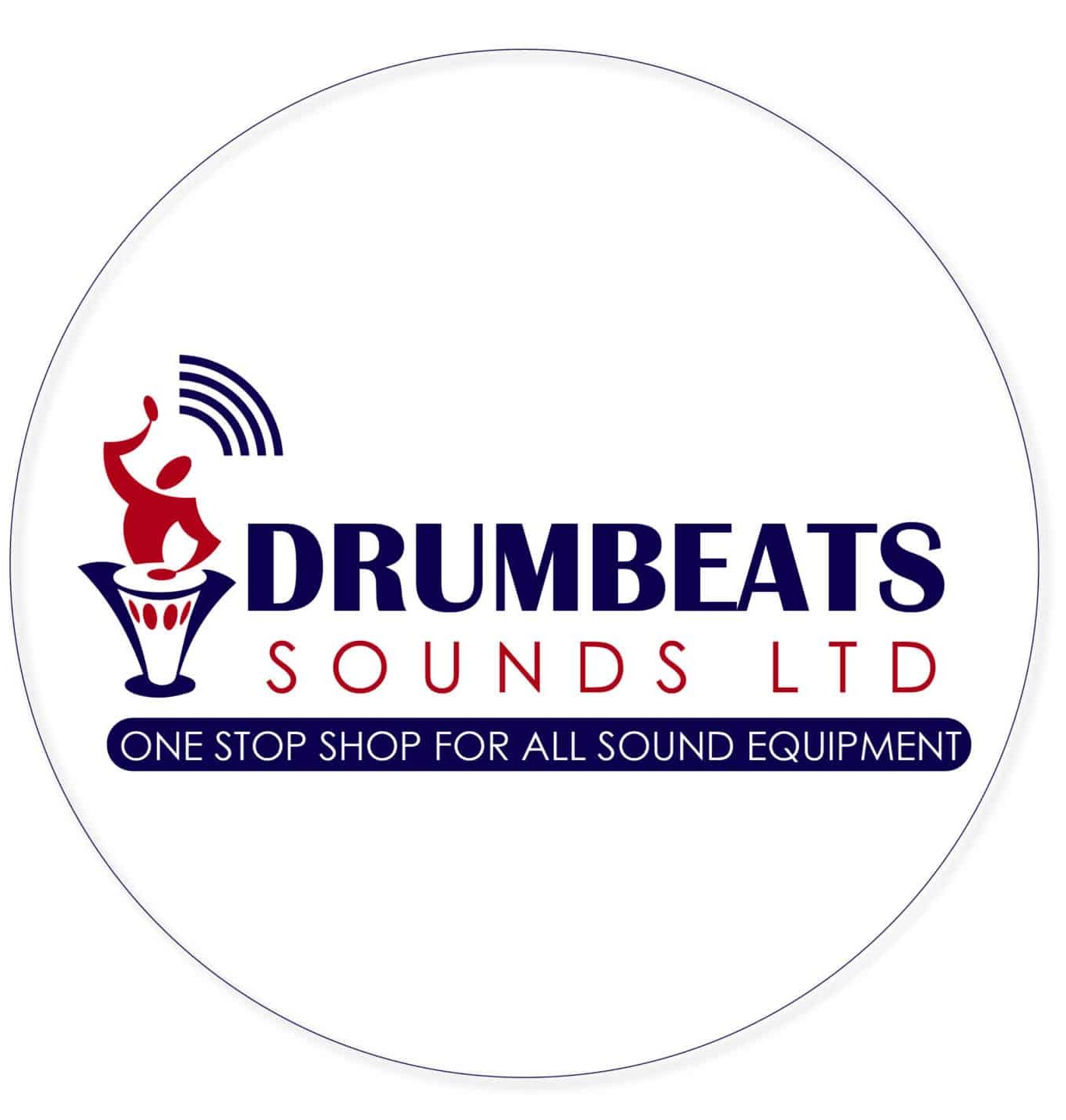- Empty cart.
- Continue Shopping
The Harmonic Evolution: Exploring the Impact of Technology on Musical Instrument Innovation

The intertwining of technology and music as well as its harmonic evolution, has been a fascinating journey, reshaping the landscape of musical expression through innovative instruments. From the ancient origins of the flute and lyre to the modern synthesizers and electronic drums, technology has continually propelled musical instrument innovation.
This blog delves into the profound impact of technology on the evolution of musical instruments, exploring key milestones, groundbreaking inventions, and the transformative influence on musicians and music enthusiasts alike.
Historical Overview:
To comprehend the present, it’s crucial to explore the past. The history of musical instrument innovation is marked by significant leaps forward, often spurred by advancements in technology.
The Industrial Revolution, for instance, led to the mass production of pianos and other instruments, democratizing access to music. Similarly, the invention of the phonograph in the late 19th century allowed for the recording and playback of music, forever altering the way we consume and appreciate it. u
Analog Revolution:
The mid-20th century witnessed the Analog Revolution, a period marked by the advent of electronic technologies that would revolutionize music production. The development of the synthesizer by Robert Moog in the 1960s stands out as a pivotal moment.
This breakthrough allowed musicians to create entirely new sounds, paving the way for electronic music genres. The Moog synthesizer’s impact was monumental, influencing artists like Wendy Carlos and sparking a wave of experimentation.
Digital Innovation: Harmonic evolution
The transition from analog to digital technology brought about another wave of innovation. The advent of digital synthesizers, drum machines, and recording equipment transformed the music-making process.
Sampling technology allowed artists to integrate snippets of existing recordings into new compositions, fostering creativity and pushing the boundaries of musical expression. MIDI (Musical Instrument Digital Interface) emerged as a standard for communication between musical instruments and computers, further expanding possibilities for musicians.
Virtual Instruments and Software:
The 21st century witnessed a paradigm shift with the rise of virtual instruments and software. Powerful digital audio workstations (DAWs) enable musicians to compose, record, and produce music entirely within the digital realm.
Virtual instrument plugins replicate the sounds of traditional instruments with remarkable fidelity, providing a vast palette of sonic possibilities. This digital revolution has democratized music production, allowing aspiring musicians to create professional-sounding tracks from the comfort of their homes.
Augmented Reality and Artificial Intelligence:
As we move further into the 21st century, emerging technologies like augmented reality (AR) and artificial intelligence (AI) are leaving an indelible mark on musical instrument innovation. AR applications enable musicians to interact with virtual instruments in real-world environments, blurring the lines between the physical and digital realms.
AI algorithms are being employed to analyze musical patterns, suggest compositions, and even generate unique sounds. The fusion of AI with musical instruments opens up new avenues for creativity and challenges traditional notions of musical authorship.
Impact on Musical Styles and Genres:
The evolution of musical instruments through technology has not only shaped the way music is produced but has also played a crucial role in the development of new styles and genres.
From the futuristic sounds of electronic dance music (EDM) to the experimental realms of ambient music, technology has been a driving force behind the sonic landscapes that define contemporary music.
Accessibility and Inclusivity:
One of the most significant impacts of technological advancements in musical instruments is the increased accessibility and inclusivity in the world of music.
Digital instruments, software, and online platforms have democratized music creation, allowing individuals from diverse backgrounds to explore their musical talents. This democratization has led to a rich tapestry of voices and styles, reflecting the diversity of human expression.
Challenges and Ethical Considerations:
While technology has undoubtedly opened up new possibilities, it also presents challenges and ethical considerations. The ubiquity of digital tools raises questions about authenticity and the loss of tangible craftsmanship.
Additionally, concerns about data privacy and the ethical use of AI in music creation prompt reflection on the role of technology in shaping the future of musical expression.
The Future of Musical Instrument Innovation:
Looking ahead, the future promises even more exciting developments in musical instrument innovation. Advancements in haptic technology, 3D printing, and brain-computer interfaces hint at possibilities that were once confined to the realms of science fiction.
As we stand on the cusp of a new era, the fusion of technology and music continues to evolve, pushing the boundaries of what is possible and redefining the very nature of musical instruments.
Conclusion:
The impact of technology on musical instrument innovation is a dynamic and ongoing narrative, weaving through centuries of human creativity. From the earliest acoustic instruments to the latest AI-driven virtual instruments, technology has been a catalyst for change, expanding the horizons of musical expression.
As we navigate the harmonious interplay between tradition and innovation, the evolution of musical instruments serves as a testament to humanity’s insatiable desire to create, explore, and push the boundaries of artistic possibility.
You can get your authentic and quality musical instruments from Drumbeats sounds. We are located at River road junction Trade Center, Off River Road, Luthuli Junction Shop 19 Nairobi, Kenya. You can also order online and our efficient team will deliver your order to you.
Visit our website here to know more about us and our services.












